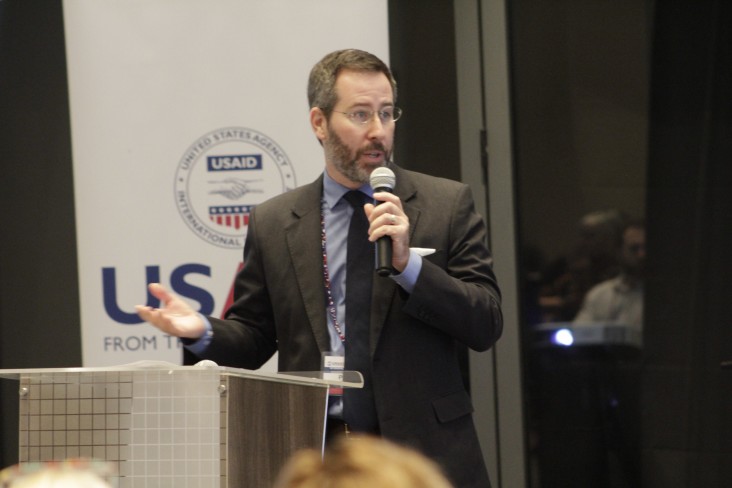You are viewing:
Archived Content
Information released online before January, 2021.
You are viewing:
Information released online before January, 2021.
Note: Content in this archive site is NOT UPDATED, and external links may not function. External links to other Internet sites should not be construed as an endorsement of the views contained therein.
You are entering the 2017-2020 Archive for the
United States Agency for International Development web site.
If you are looking for current information, visit www.usaid.gov.

Nairobi, Thursday, March 15, 2018 – According to the “Economics of Resilience to Drought” study, disseminated yesterday by the United States Agency for International Development (USAID) and National Drought Management Authority, an earlier and more proactive response to drought in Kenya, Ethiopia and Somalia could save development partners and governments 30 percent on humanitarian aid spending..
In partnership with host country governments, USAID’s resilience efforts in drought-prone areas across East Africa are helping communities move beyond their reliance on emergency assistance. A range of long-term development investments which compliment humanitarian assistance are giving people the skills, knowledge and opportunities to manage shocks and stresses, supporting them in becoming self-reliant.
“With the increasing number of humanitarian emergencies around the world and the limited resources available, we must work in partnership to identify the most cost-effective way of saving lives, reducing poverty, strengthening democratic governance, and helping people emerge from crises and progress beyond emergency assistance,” said Mr. Patrick Wilson, Deputy Mission Director for USAID.
Humanitarian aid responds to the emergency needs of those affected by conflict, shocks or natural disasters. It is critical for saving lives and alleviating suffering. However, there is increasing recognition that this type of response is costly and should be combined with longer-term development interventions.
Find out more about the study at https://www.usaid.gov/resilience/economics-resilience-drought
Comment
Make a general inquiry or suggest an improvement.